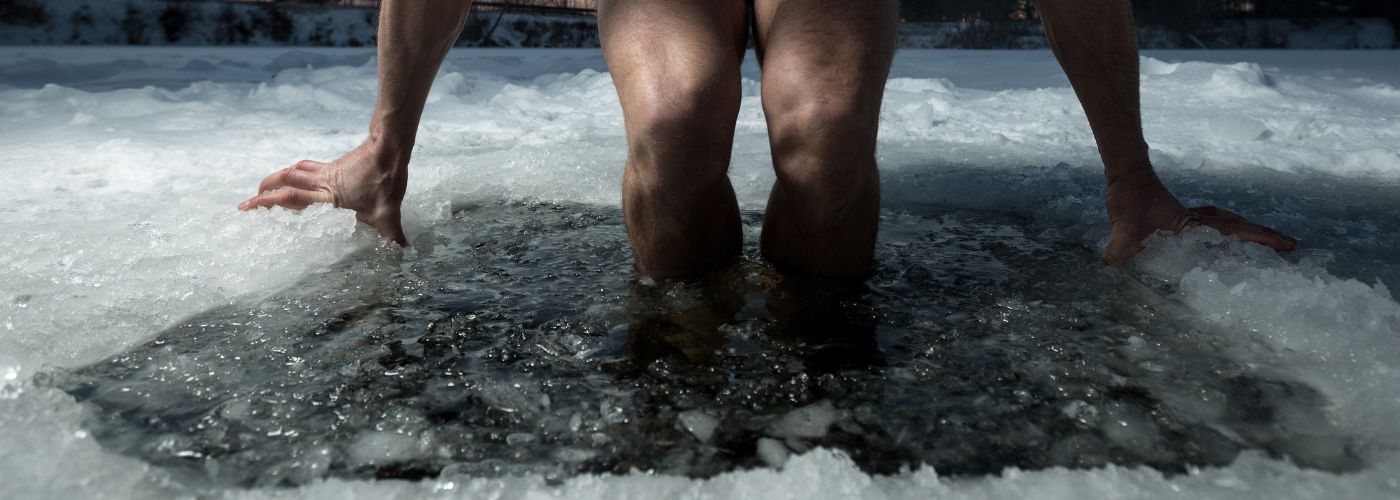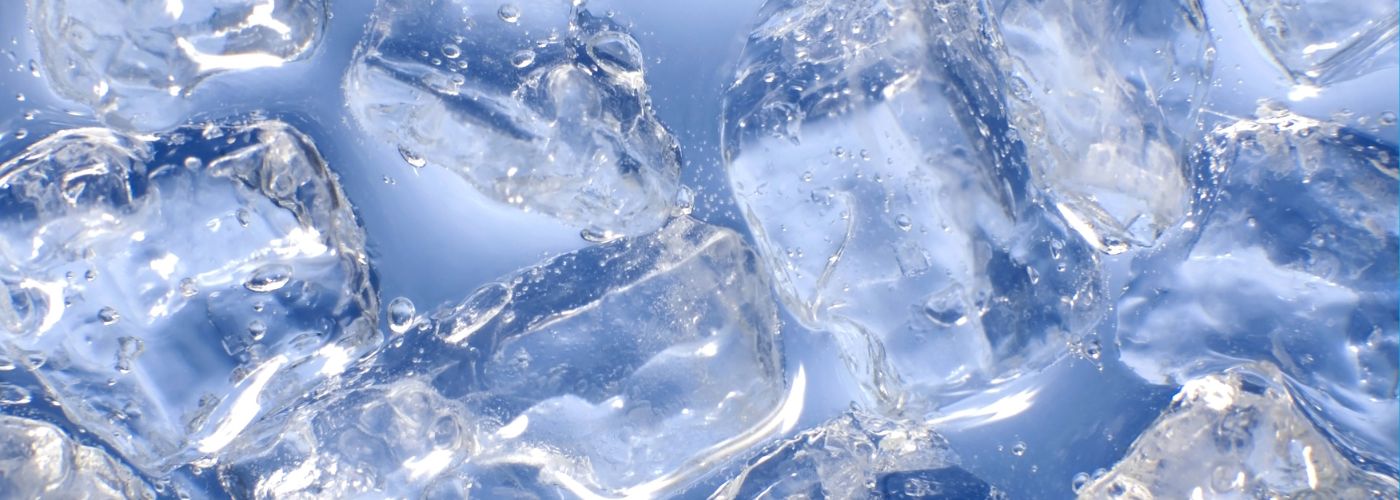Ice baths have gained popularity in the fitness and recovery world for their potential benefits in promoting muscle growth and aiding recovery. While the idea of immersing yourself in icy water might sound daunting, the advantages might just make it worth the chill!
In this blog post, we’ll explore the benefits of these baths, address the burning question—do they help muscle growth—and provide insights on the best time to take them, their frequency, and how they compare to cold showers.
Do Ice Baths Help Muscle Growth?

The use of ice baths in promoting muscle growth is a topic that has intrigued many fitness enthusiasts. When you engage in intense physical activity, your muscles undergo stress and, as a result, experience microscopic damage. This damage, however, is a natural part of the muscle-building process. Offering some benefits similar to TENS/EMS devices, ice baths may play a role in reducing inflammation and muscle soreness, potentially expediting the recovery process.
The cold temperature of the ice bath is thought to constrict blood vessels, slowing down the inflammatory response. Once you exit the bath, blood flow increases, carrying away waste products and promoting the healing process. This enhanced recovery could contribute to more effective muscle growth over time.
It’s important to note that while ice baths may be a useful tool in your muscle-building arsenal, they should not replace other crucial elements such as a well-rounded diet, proper hydration, and a balanced training program. Consider incorporating ice baths as a complementary strategy to support your overall fitness goals.
When Is The Best Time To Take An Ice Bath?

Timing is key when it comes to ice baths. Ideally, you should take an ice bath as soon as possible after intense physical activity to promote recovery and potentially address exercise soreness. The post-exercise period is when your muscles are most receptive to recovery interventions. Jumping into an ice bath within 15 to 20 minutes of completing your workout can help minimize muscle soreness and enhance the recovery process.
Additionally, athletes often use baths as part of their training routine during heavy training cycles or after particularly demanding workouts. Consistency is crucial, so incorporating baths regularly into your routine, especially during periods of increased training volume, can yield the best results.
How Often Should You Take An Ice Bath?
While ice baths can be beneficial, moderation is key. Taking these baths too frequently may lead to diminishing returns and could potentially interfere with the body’s natural adaptation processes.
A general guideline is to limit baths to a few times per week, particularly after intense workouts or when your muscles feel exceptionally fatigued, such as after a HIIT workout. Listen to your body—if you find that chilly baths are helping you recover without any adverse effects, you can adjust the frequency accordingly.
It’s crucial to strike a balance and not rely solely on ice baths for recovery. Incorporate a mix of recovery strategies, including proper nutrition, hydration, and adequate sleep, to ensure a holistic approach to muscle recovery and overall well-being!
Are Cold Showers As Good As Ice Baths?
Cold showers, while refreshing, differ from ice baths in terms of temperature and duration. While ice baths involve immersing your body in near-freezing water for a specific time, cold showers offer a milder, less intense experience.
Cold showers can still provide some benefits, such as improving circulation, reducing muscle soreness, and enhancing alertness. However, they may not be as effective as baths for promoting rapid muscle recovery due to the differences in temperature and exposure time.
Simply put, both baths and showers have their merits, and the choice between them depends on your specific goals and preferences. If you’re seeking a more intense recovery experience with potential muscle growth benefits, baths might be the better option.
Incorporating ice baths into your routine requires careful consideration of timing and frequency. Experiment with these cold therapy techniques, monitor how your body responds, and find the balance that works best for you. Remember, the journey to optimal muscle growth involves a combination of various strategies, and ice baths can be a valuable addition to your fitness toolkit!

Related Stories
When Courage Takes Flight: Lessons From a Women’s Skydiving Record Attempt
Photo by Taylor Buffington (T-Buff) We went to Eloy, Arizona on a mission — to...
Nov
Sciatica: 1, LeBron: 0 (For Now)
File photo: LeBron James #6 of the Los Angeles Lakers. (Photo: Thearon W. Henderson /...
Oct
Pickleball vs. Tennis: The Science of Recovery
For years, tennis was the stand-in for movement: endurance, coordination, and power all at once....
Oct
5 Ways to Support Bone Strength with HiDow
World Osteoporosis Day (October 20) October 20 is World Osteoporosis Day, and chances are, you’ve...
Oct
FDA-Cleared Is a Flex. Here’s Why.
Pulling Back the Curtain You’ve seen it on boxes, on websites, in ads: FDA-cleared. It...
Sep
This Is Fibro. This Is Larry.
September is Pain Awareness Month. And we’re not here to give you medical definitions or...
Sep